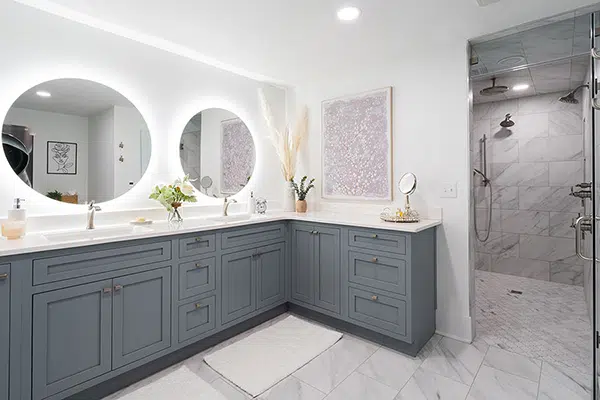Adding a screened porch to your home can be a fantastic way to enhance your living space and enjoy the outdoors without the nuisance of insects. However, the process can be complex, and homeowners often make mistakes that can lead to increased costs, delays, or dissatisfaction with the final product. Here are some common pitfalls to avoid and tips on how to ensure your screened porch addition is a success.

1. Inadequate Planning
Pitfall: Jumping into the project without a clear plan can lead to numerous issues, including budget overruns, design flaws, and construction delays.
Solution:
- Define Your Goals: Understand what you want to achieve with your screened porch. Is it for entertaining, relaxing, or dining? Your goals will influence the design and functionality of the space.
- Set a Budget: Establish a realistic budget that includes all potential costs, such as materials, labor, permits, and furnishings.
- Research: Look into different designs and features to determine what best fits your needs and style. Consider consulting with a Design Build remodeling firm to help you create a comprehensive plan.

2. Choosing the Wrong Materials
Pitfall: Selecting inappropriate materials can lead to maintenance issues, structural problems, and a shorter lifespan for your porch.
Solution:
- Climate Considerations: Choose materials that are suitable for your local climate. For example, if you live in a humid area, opt for moisture resistant materials like Trex and AZEK composite materials.
- Durability: Invest in high quality, durable materials that will withstand the elements and require less maintenance over time.
- Aesthetics and Functionality: Ensure the materials you choose complement the overall aesthetic of your home and serve the functional needs of your screened porch.

3. Ignoring Local Building Codes
Pitfall: Failing to adhere to local building codes and regulations can result in fines, legal issues, and potentially having to redo parts of your project.
Solution:
- Research Codes: Before starting your project, familiarize yourself with local building codes and regulations related to screened porches.
- Permits: Obtain all necessary permits before beginning construction. This step is crucial for ensuring your project meets legal requirements.
- Professional Guidance: Consider working with a professional contractor who is knowledgeable about local codes and can help navigate the permitting process.

4. Poor Design Choices
Pitfall: Making design choices that don’t align with your needs or the architectural style of your home can lead to a porch that feels out of place or isn’t functional.
Solution:
- Consistency: Ensure the design of your screened porch complements the existing architecture of your home. This includes matching materials, colors, and overall style.
- Functionality: Design the porch with functionality in mind. Think about the layout, furniture placement, and how you plan to use the space.
- Future Use: Consider how your needs might change over time and design the porch to be versatile and adaptable.

5. Skimping on Professional Help
Pitfall: Trying to save money by doing everything yourself can lead to costly mistakes and a lower quality finished product.
Solution:
- Hire Professionals: Work with experienced professionals who can provide expert advice and ensure the project is completed to a high standard.
- Collaborate: Maintain open communication with your contractor and designer throughout the project to ensure your vision is being realized and any issues are promptly addressed.
Conclusion
Adding a screened porch can significantly enhance your home’s value and your quality of life. By avoiding these common mistakes and taking a thoughtful, informed approach to the design and construction process, you can ensure that your new screened porch is a beautiful, functional, and long lasting addition to your home.
If you’re considering a screened porch addition, our Design Build remodeling firm is here to help. Contact us today to start planning your dream outdoor space!

















